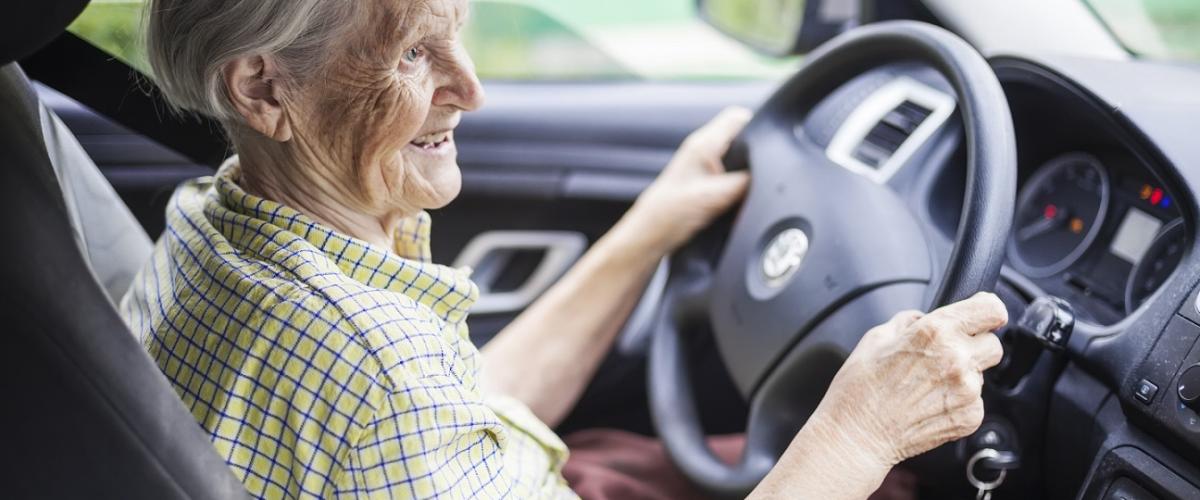Aging Drivers: Laws & Data
 CDC: Aging Drivers
CDC: Aging Drivers
In 2017, there were almost 44 million licensed drivers aged 65 and older in the United States. This is a 63% increase from 1999.1 Driving helps older adults stay mobile and independent. But the risk of being injured or killed in a motor vehicle crash increases as people age. Thankfully, there are steps that older adults can take to stay safer on the roads.
 GHSA: Mature Drivers
GHSA: Mature Drivers
Older drivers are keeping their licenses longer and driving more miles than in the past and, in 2015, less than 1% of fatalities among people 70 and older were caused by motor vehicle crashes. However, fatal crash rates (per vehicle mile traveled) begin to increase significantly for those aged 70 to 74 and are highest among drivers 85 and older. This heightened risk is largely due to older drivers' increased vulnerability to injury, rather than a higher likelihood of getting into crashes.
USDOT/NHTSA: Older Driver Compliance With License Restrictions
The objectives of this project were to review States’ behavioral driver license restriction practices, to explore the extent to which drivers accept and comply with these restrictions, and to determine the effects or such restrictions on restricted drivers’ mobility and their crash rates. Examples of behavioral restrictions include daylight driving only, not exceeding a certain maximum speed, only driving on roadways with speed limits of 45 mph or lower, no interstate/highway driving, and only driving to certain specified destinations or within a certain radius of one’s home. Read More >>
An estimated one in five drivers will be over 65 by 2030. Compared with their younger counterparts, older adults are more likely to experience health and functional impairments, including cognitive dysfunction, which may interfere with their ability to drive safely. Law enforcement officers, as part of the public safety community, need help in developing the necessary skills to identify and manage these medically affected drivers. Read More >>



